Turns out I wont need to use cabling. According to Hackchat, OSHPark are in the process of rolling out flexible PCBs, an exciting development well suited to DECAL's architecture for a production run.
Meantime, it gave me an idea. Instead of messing about with ribbon cable connections, and trying to stuff a lot of cores through each successive joint on a limb I could go directly to flexible circuit, which would also allow me to spread the components into the limbs more easily.
A little bit of research tells me flex PCB is no more than Kapton and copper foil with a bit of etching. I can easily obtain small quantities of both Kapton tape and copper foil tape from eBay, and I have etching fluid and photo-resist spray, transparencies and an exposure box.
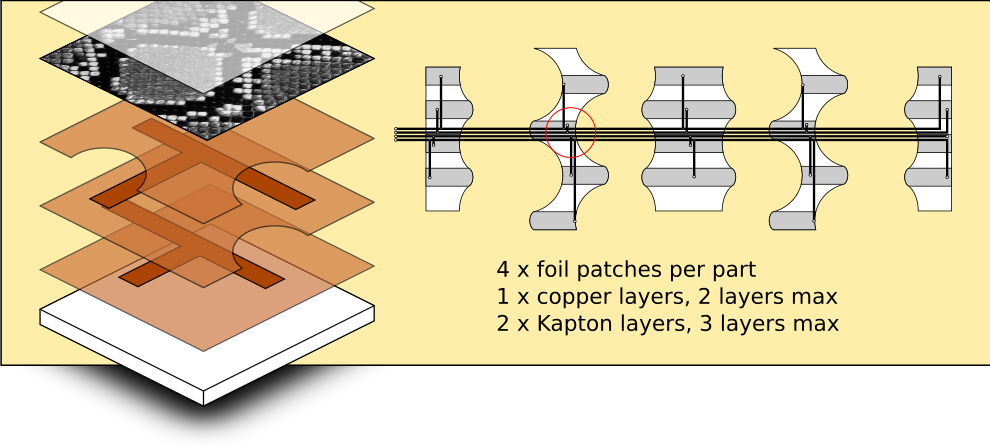
It shouldnt be too hard to create the limb parts so they solder together in a line. Using a single ribbon this way means I can run it up the limb on the servo actuator side and put an S in it beside each servo with enough slack to allow the joint to flex. From experience I know this configuration will stay tidily inside the joint axis; it's the same as the flex connectors in all manner of equipment with shuttles, like CD players and floppy drives.
Hacking Copper
I've got loads of aluminium foil tape, which is easier to get hold of than copper foil, and a lot cheaper. The only problem with it is you cant solder to it. Well, you can, but it needs a bit of tricksy chemistry to get the solder to alloy with the aluminium.
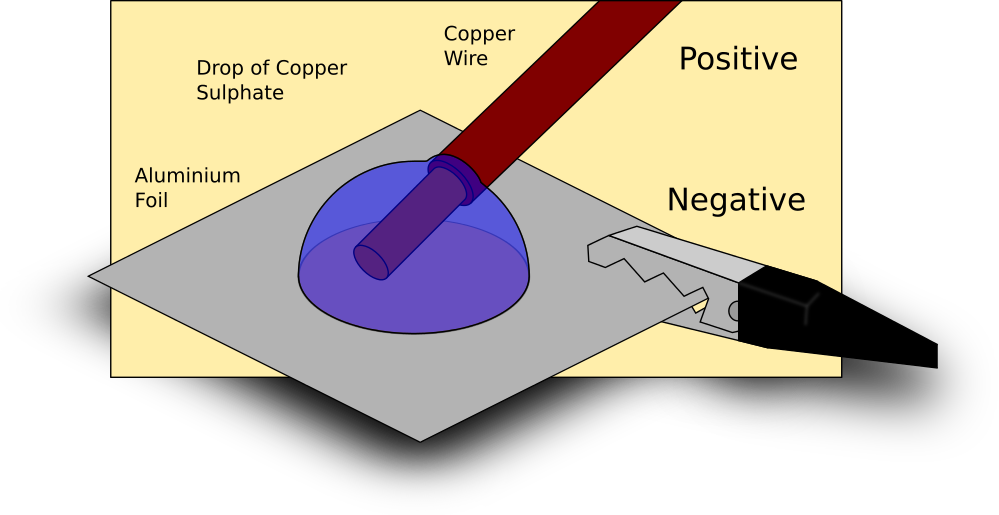
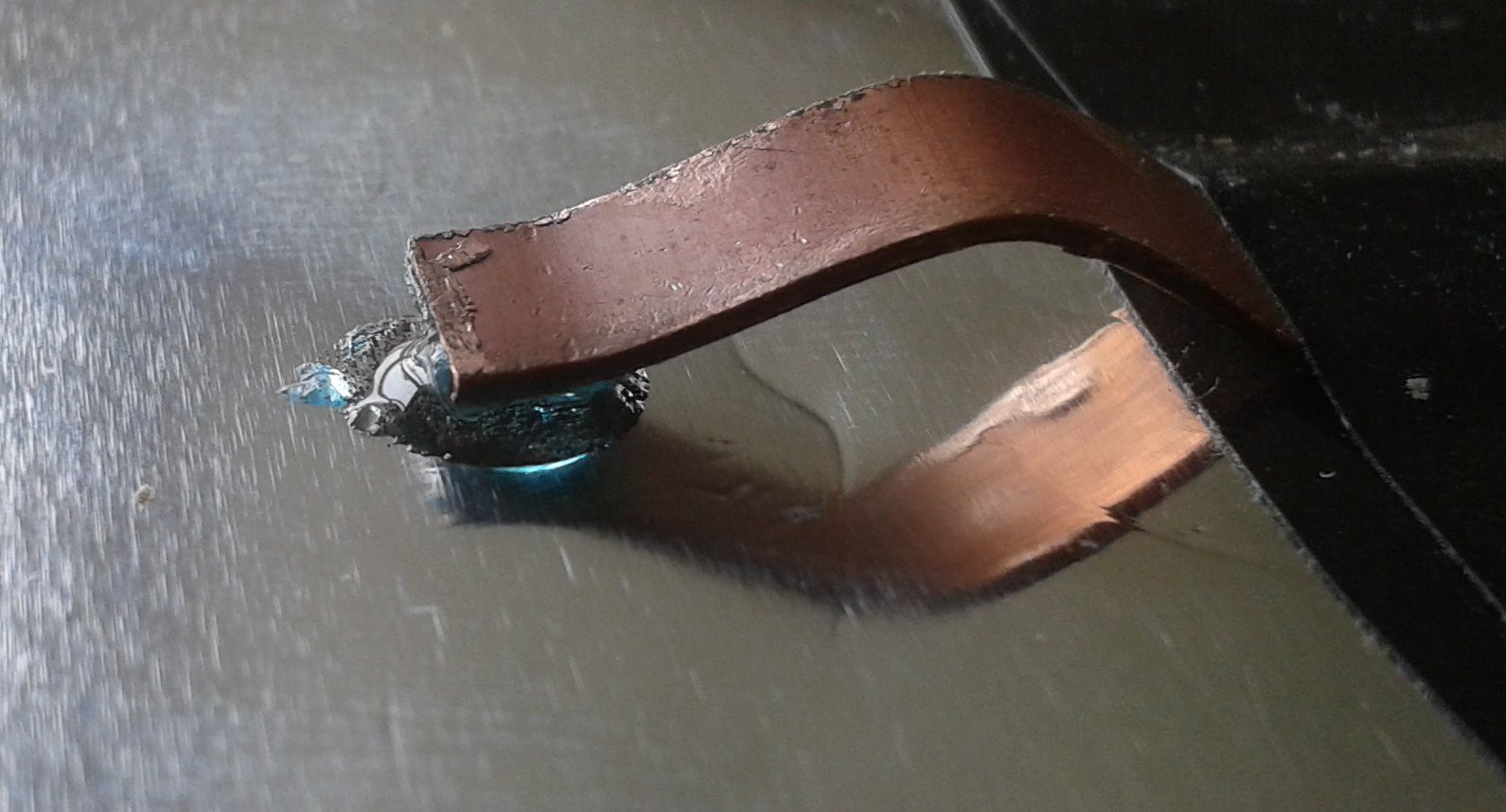
You can see the plating building up in the bead. I got quite excited at this point, about 20 minutes in.
Unfortunately, after I gave it another 10 just to be sure, it was completely useless. The solder itself broke the beads away when I tried soldering it.
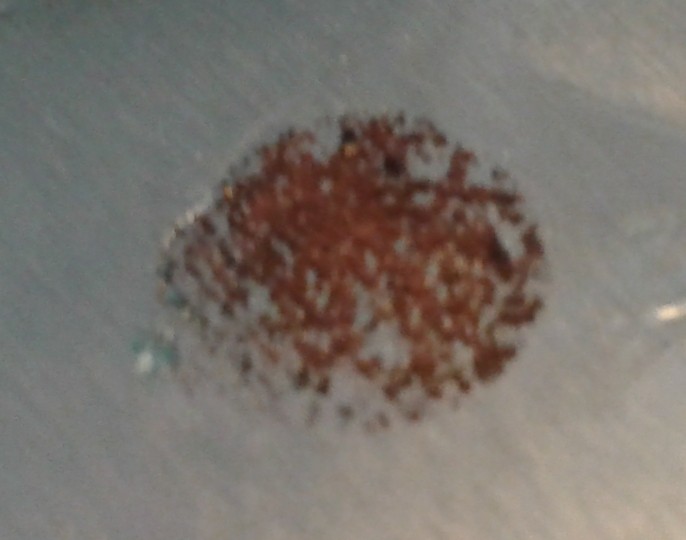
However I have discovered an alternative. From RapidOnline's documentation:
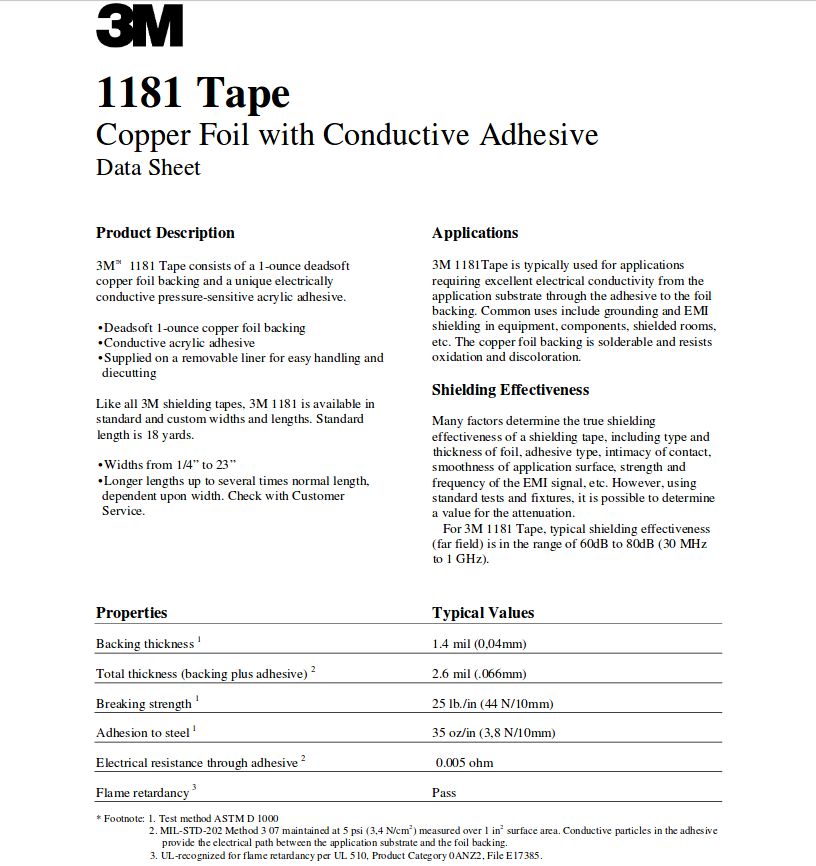
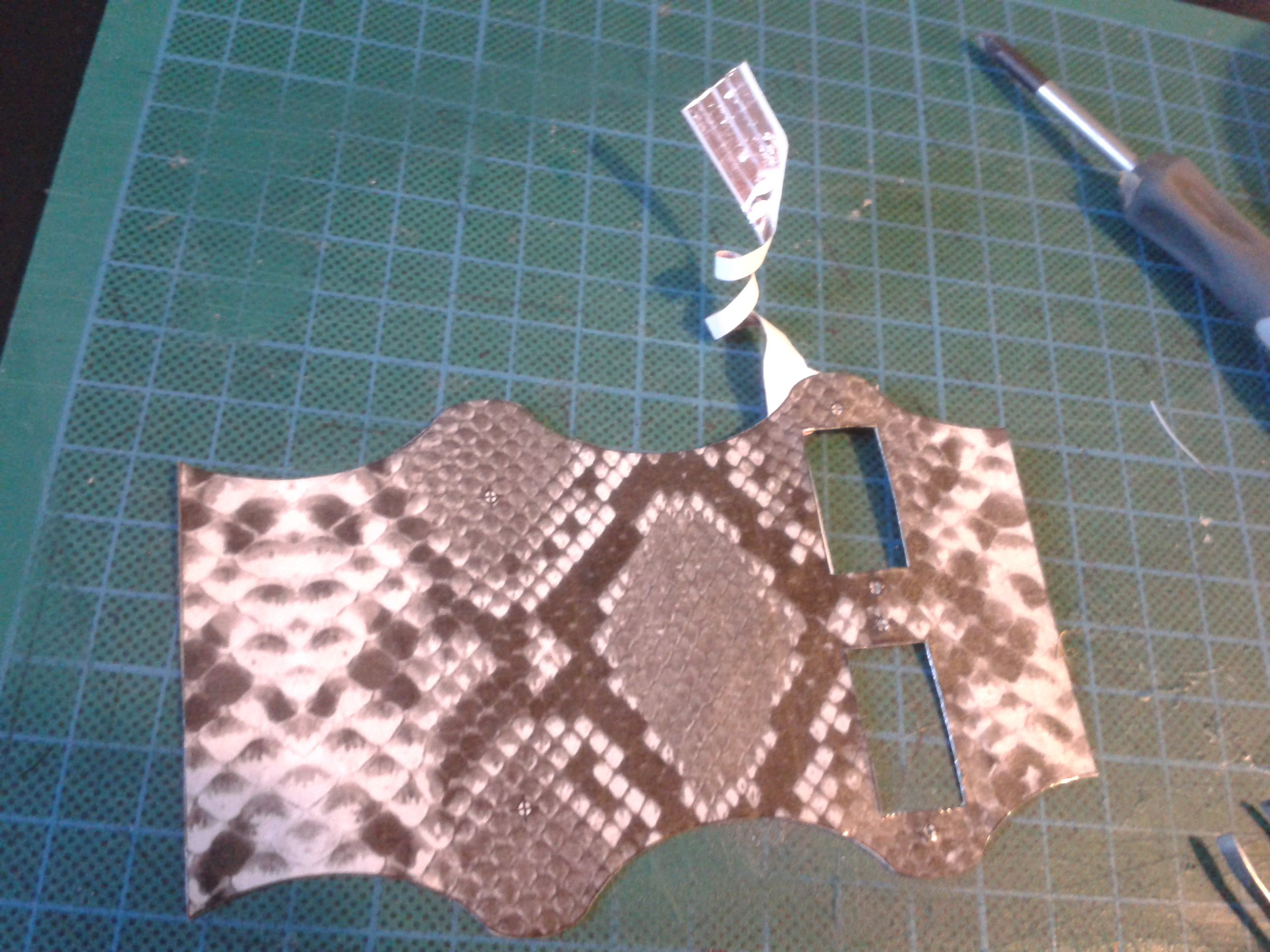
Card prototype is solderable, but Kaptan would totally rock. I've been meaning to get some for ages...
This has 11 layers in it in places... And I managed to clip all of them with the scalpel and shorted the entire thing out cutting the servo port. D'Oh!

 Morning.Star
Morning.Star
Discussions
Become a Hackaday.io Member
Create an account to leave a comment. Already have an account? Log In.
This sure has come a loooong way from Cardware and in so short a time. Keep on trucking :-D
Are you sure? yes | no
Thanks Doc :-) Yeah I'm getting there :-)
I have to say that nothing is being 'discarded' though Lol, DECAL fits it like a glove and can be applied to pre-built card parts, minus the polystyrene of course...
DECAL also applies to carefully-dimensioned 3D prints, it's now completely self-contained and just requires an architectural substrate - including the likes of Cardware and UglyTech - to stick to.
Are you sure? yes | no